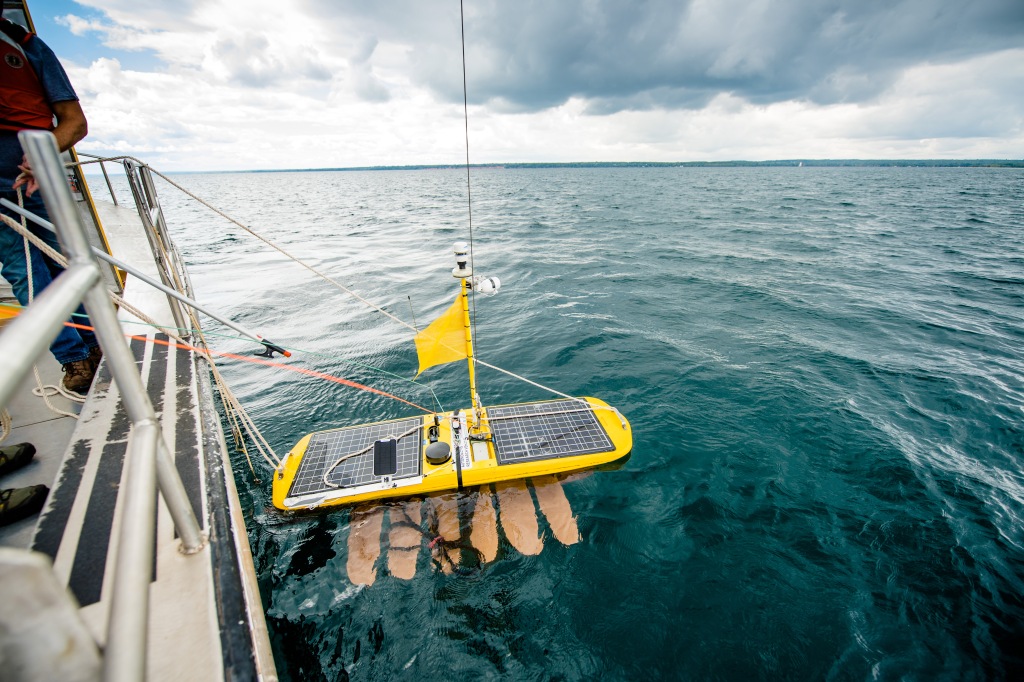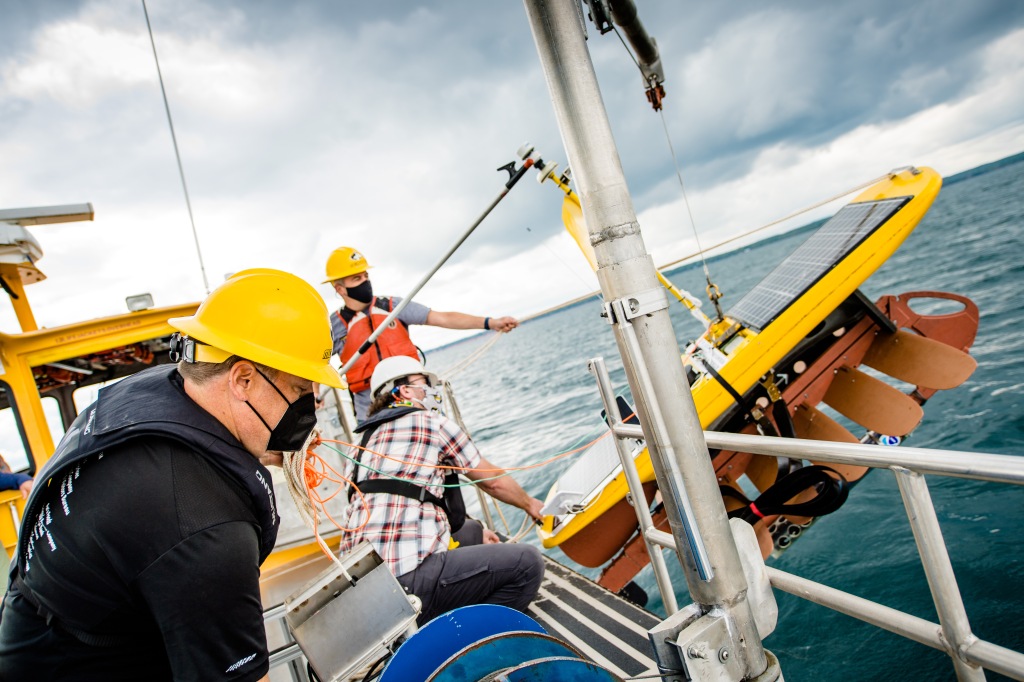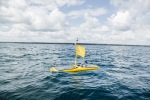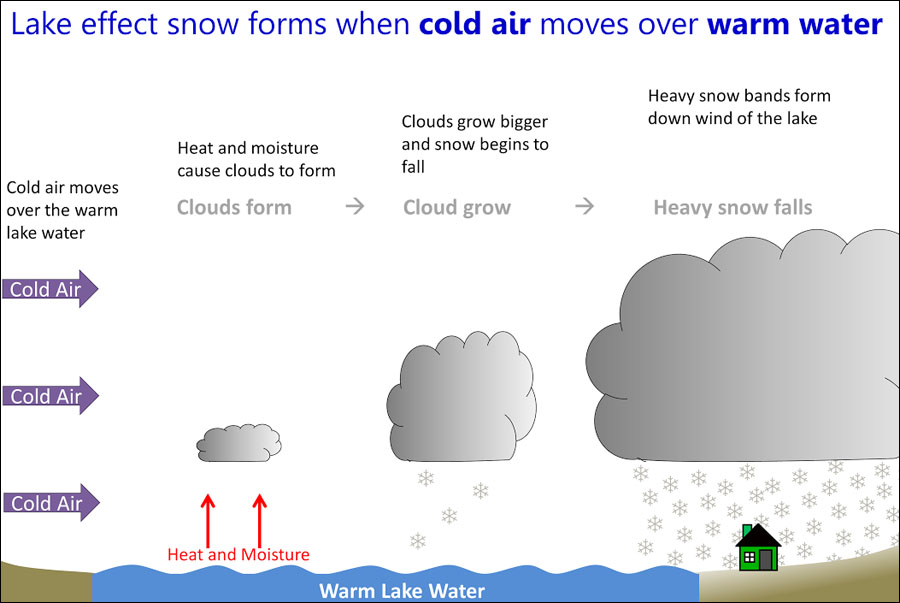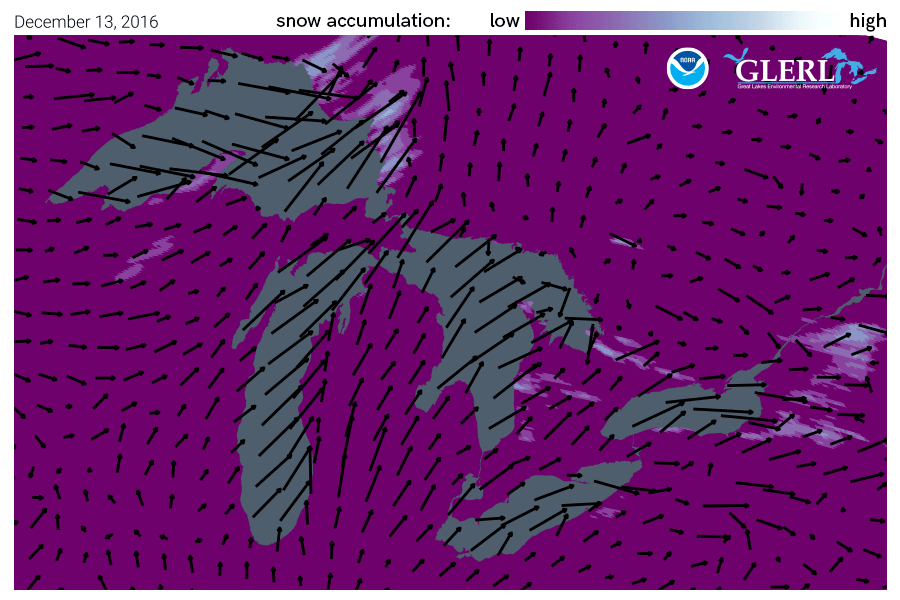This June, fellow researchers from around the world will gather in Brockport, New York, on the shores of the Erie Canal for IAGLR’s 62nd annual Conference on Great Lakes Research. Hosted by The College at Brockport, State University of New York, the conference will feature four days of scientific sessions and speakers focusing on the theme Large Lakes Research: Connecting People and Ideas. Mark your calendars for June 10-14, 2019. You won’t want to miss it!
During the conference there will be a special two-day session that highlights the importance of science translation. The session, Beyond Peer Review: Why You Must Connect Your Science to Stakeholders (and how to do it), will consist of several components—17 formal presentations, a moderated panel discussion, a synthesis discussion with Q&A, as well as a Skills Café. Conference attendees are welcome to join us for any and all portions of this session. We hope to see you there!
Day 1 – Tuesday, June 11th
On Tuesday, the SciComm session will include 12 presentations and a panel moderated discussion with science communication thought leaders Peter Annin (Author), Andrea Densham (Shedd), Sandra Svoboda (DPTV) & TJ Pignataro (Buffalo News). The panelists will explore what they see happening now and what they think the future looks like for connecting people and ideas for large lakes research.
Tuesday Morning (Edwards Hall Room 103)
Tuesday Afternoon (Edwards Hall Room 103)
- 1:40-3:20 pm – 5 presentations
- 3:20-3:40 pm – Break
- 3:40-5:20 pm – 4 presentations
Day 2 – Wednesday, June 12th
On Wednesday, the SciComm session will continue with 5 formal presentations, and a synthesis discussion in the morning and a Skills Café in the afternoon.
Wednesday Morning (Edwards Hall Room 103)
- 8:00-9:20 am – 3 presentations
- 9:20-9:40 am – Break
- 9:40-10:20 am – 2 presentations
- 10:20-11:00 am – Interactive Synthesis Discussion and Question & Answer Session with Peter Annin (Author), Andrea Densham (Shedd), Sandra Svoboda (DPTV) & TJ Pignataro (Buffalo News)
Wednesday Afternoon (Edwards Hall Room 102)
- 1:40 – 5:00 pm – Skills Café – This series of short interactive workshops will allow participants to practice a variety of skills that will make them more effective at communicating the “so what” of their research to lay – but key – audiences.
The Panel: Hear the latest from science communication thought leaders!
Peter Annin, Author and Director of the Mary Griggs Burke Center for Freshwater Innovation
Peter Annin is the director of the Mary Griggs Burke Center for Freshwater Innovation and the author of The Great Lakes Water Wars, the definitive work on the Great Lakes water diversion controversy. Before coming to Northland College in 2015, Peter served as a reporter at Newsweek, the associate director of the Institute for Journalism and Natural Resources, and the managing director of the University of Notre Dame’s Environmental Change Initiative. He continues to report on the Great Lakes water diversion issue and has published a second edition of The Great Lakes Water Wars.
Andrea Densham, Senior Director of Conservation and Advocacy at the Shedd Aquarium
Andrea Densham joined Shedd Aquarium in 2017 to lead the newly launched Conservation Policy and Advocacy team. Created to enhance Shedd’s position as a policy expert, Densham’s team develops and implements the institution’s policy goals. A government affairs thought leader and advisor, she brings more than 20 years of experience in not-for-profit management, strategic planning, research, and public policy and advocacy.
TJ Pignataro, Environmental Reporter for the Buffalo News
T.J. Pignataro has been a staff reporter for The Buffalo News for more than 20 years and the environment and weather reporter since 2013. He holds a juris doctor degree from SUNY Buffalo Law School and is completing his Certificate in Weather Forecasting this spring from the Pennsylvania State University’s Department of Meteorology and Atmospheric Science. TJ uses Twitter to convey Great Lakes environmental news, weather emergencies and Great Lakes science in plain language.
Sandra Svoboda, Program Director, Great Lakes Now, Detroit Public Television
A nine-month stint with The Associated Press brought Sandra to Detroit … 29 years ago. She earned a bachelor’s in journalism from Indiana University and holds two master’s degrees from Wayne State, one in public administration and one in library and information science. The Special Libraries Association IT Division recognized her research with its 2018 Joe Ann Clifton Student Award for her paper on how Detroit voting dynamics can inform citizen engagement strategies. Sandra has worked for The (Toledo) Blade covering education/children’s issues, Detroit’s Metro Times and FEMA, where she deployed to Louisiana to help coordinate/communicate about community rebuilding/planning efforts for/after disasters. Sandra has won awards for broadcast, print, digital and community engagement work from the Michigan Associated Press, the Michigan Association of Broadcasters, Association of Alternative Newsweeklies, State Bar of Michigan, Michigan Press Association and Society of Professional Journalists-Detroit chapter, and Wayne State’s public administration program recognized her with the Distinguished Alumni Award in 2015 for her work covering Detroit’s bankruptcy. She has taught communications, writing, public policy, and political science at Wayne State University and the University of Michigan-Dearborn. As the Great Lakes region has always been her home Sandra has traveled between Minnesota and Tadoussac, Quebec, both on the water and on land. A competitive sailor, she races hundreds of miles each season on the Great Lakes, and once threw out a pitch at a Detroit Tigers game as recognition of her win with her team at the U.S. Women’s Match Racing Championship. She’s also eaten Asian carp as part of her coverage of invasive species.
The Skills Café: Get help communicating your research!
WHO: Do people’s eyes glaze over when you begin to talk about your research? Do you believe your research has the ability to make a difference, but you’re not sure how to get others excited about it too? Then this session is for you! For the researcher looking to improve their accessibility in attaining broader impacts; the early career professional seeking tips on how to set theirselves apart in a competitive market; the passionate scientist looking for ways to ensure their work makes an impact . . . the Skills Cafe is your opportunity to grow and try new things in a fun and supportive setting.
WHAT: This series of short interactive workshops will allow participants to practice a variety of skills that will make them more effective at communicating the “so what” of their research to lay—but key—audiences. Get tips on interacting with the media, hone your speaking skills, get feedback from a mock interview, and learn from the trials and tribulations of your peers!
WHEN: 1:40-5:00 pm on Wednesday, June 12.
WHERE: Edwards Hall, Room 102
For more information and a detailed schedule of activities stop by the NOAA exhibitor booth.
About IAGLR 2019: The 2019 International Association for Great Lakes Research Conference is hosted by The College at Brockport, State University of New York, June 10-14, 2019. The conference will feature four days of scientific sessions and speakers focusing on the theme “Large Lakes Research: Connecting People and Ideas.”
